The Far East
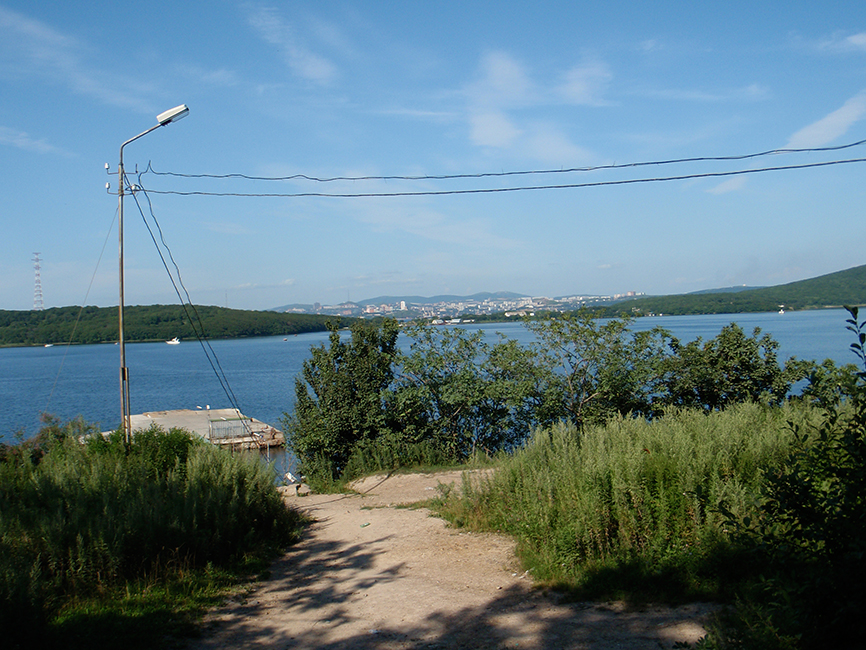 |
| View from the Russian Island towards Vladivostok, across Novik Bay and the Eastern Bosporus |
Vladivostok
Vladivostok was founded in 1859 after the territory and its surroundings had been ceded to Russia by China in a set of treaties between 1858 and 1860. Those treaties enlarged Russia’s territory considerably and provided Russia with a port which from the very start had the objective to secure Russia’s dominion on its Pacific coast. Therefore it was immediately baptized "Command over the East", even before its first real houses were built.
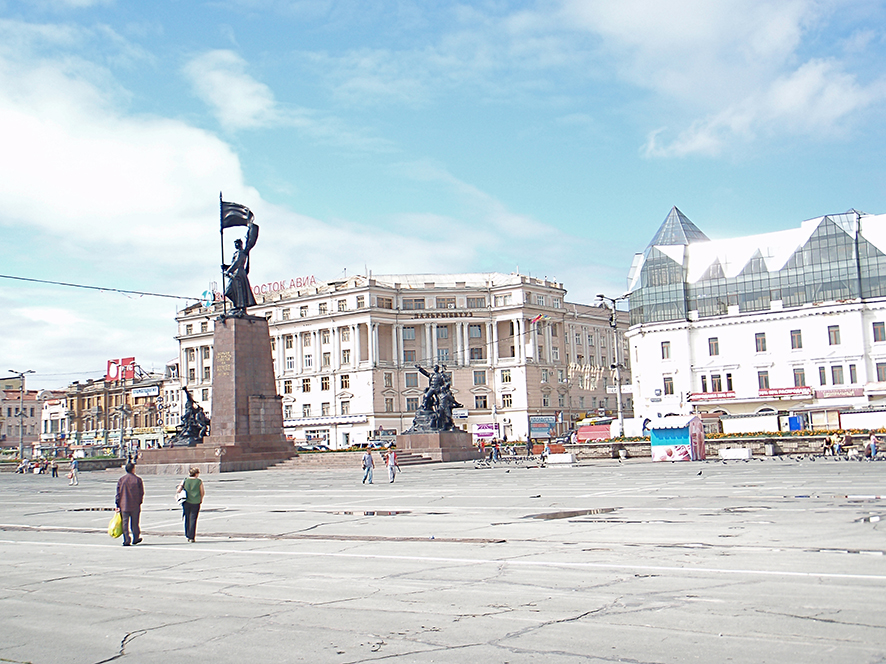
First being only a kind of military base, in the wake of the soldiers soon the first merchants began to arrive. In the 1870-ies Vladivostok was established the main Far Eastern military port, and the gouvernment actively began to recruit settlers to these remote territories. In 1880 it was appointed city. After 1890 its population rapidly grew as a consequence of the prolpngation of the Transsiberian Railway.
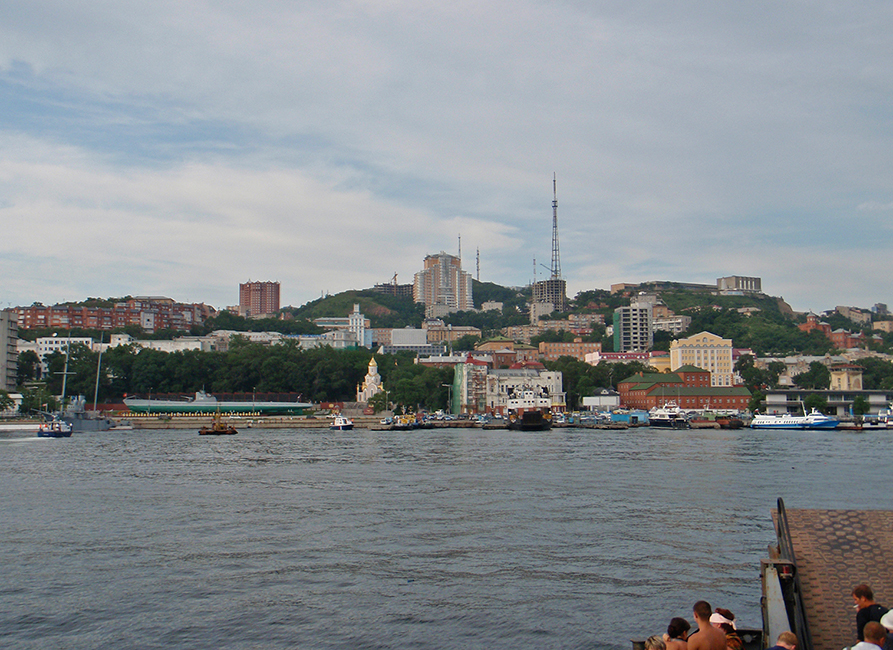
The preference that had been given to Port Arthur and Dalny around 1900 – the sea doesn’t freeze there in winter – was soon toppled by the loss of those ports as a result of the Russo-Japanese war. During WW I Vladivostok served as one of the most important port in the peaceful hinterland, for supplies of all kinds. In the years of 1920-22 it was disputed between Japanese, white and red troops until it finally was (re)integrated into Soviet Union.
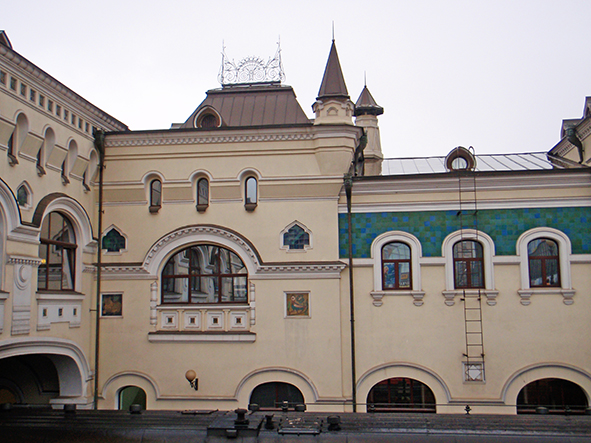 |
| The train station of Vladivostok |
After the consolidation of Soviet power Vladivostok was designed as a centre for the development of the Far East. This development was achieved mainly by forced labour. The city, being connected to all of Russia by the Transsiberian Railway, became the main hub for the deployment and distribution of convicts in the Far East, from the 20-ies till the 50-ies. The Far East was developed by forced labour, this should be remembered.
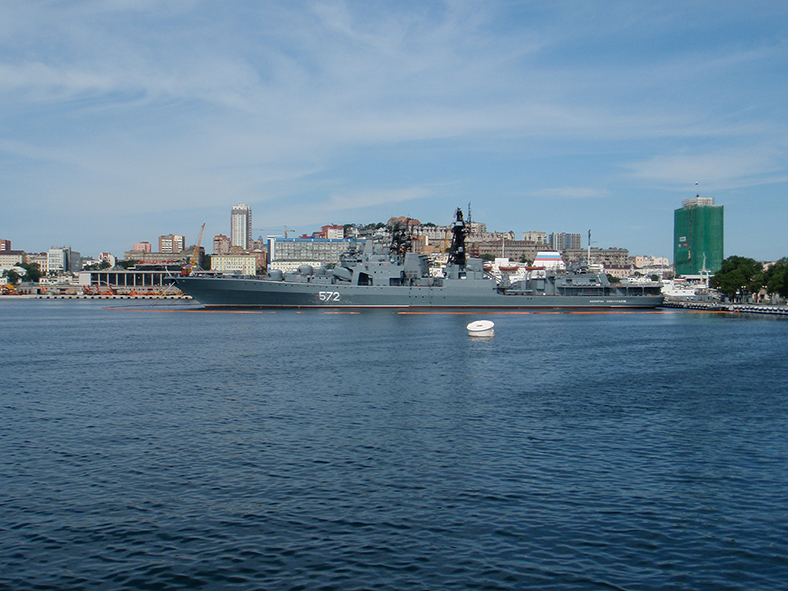 |
During World War II Vladivostok was one of the main supply ports of Soviet Union, being unchalleged by the war. In 1951 it was declared a "closed city" which meant that foreigners couldn’t visit it, and even Soviet citizens could only enter them if they worked there or if they had close relatives there.
The system of "Closed Places" was developed after World War II, in the course of the atomic bomb program. The cities, towns and villages involved in strategic warfare and development of arms were declared closed spaces. They were more or less deleted from the official maps of Soviet Union.
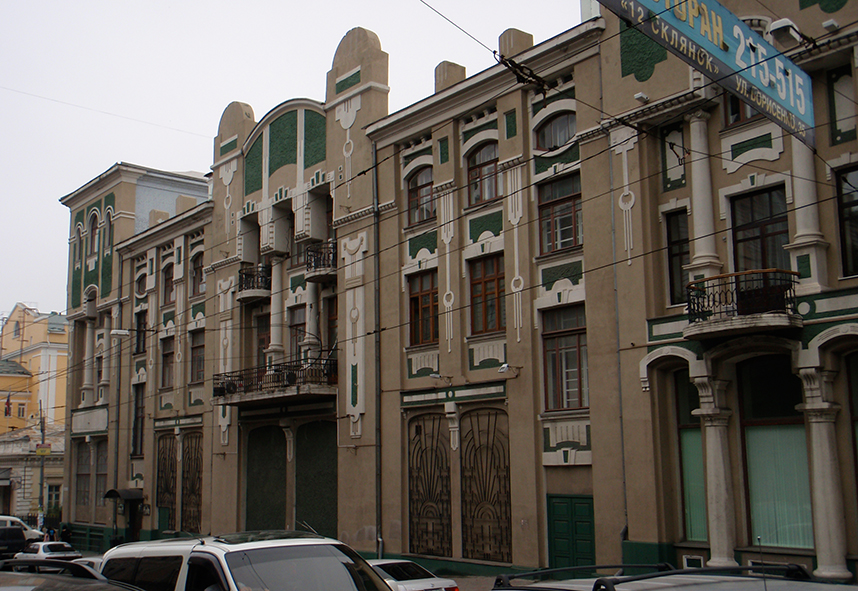 |
| The Far Eastern section of the Russian Academy of Sciences |
On the other hand, as a compensation for this isolation those places were funded as far as sports and culture facilities were concerned. They received better supply with food, clothing and other means of domestic demand. Therefore the inhabitants of "closed places" had a higher living standard than most of their countrymen. (After Crimea was incorporated into Russia in 2014 many citizens of Sevastopol hoped for the return to the "closed city" status which would have meant complete security of provision for them. The Russian government declined from this offer as it would mean a complete provisioning of the city.)
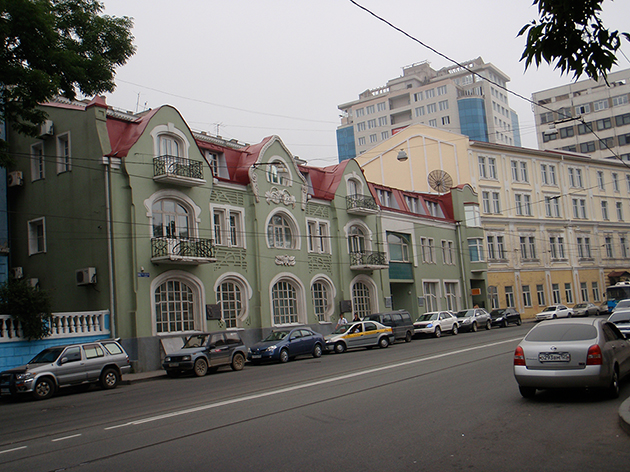
The closed state of Vladivostok was lifted by Boris Yeltsin in 1992 which also meant a considerable reduction of funds from the central budget. Vladivostok had to reinvent itself. Wages were not paid for months and years, commercial connections with Japan and China had to be established. Many people from former Soviet republics moved to Vladivostok, refugees from civil war zones in the Caucasus or Central Asia.
It may not be a perfect place but it certainly is worth a visit, being both a melting pot of cultures and a puzzle of different building styles – more than other Russian cities it represents the blend of Europe and Asia.
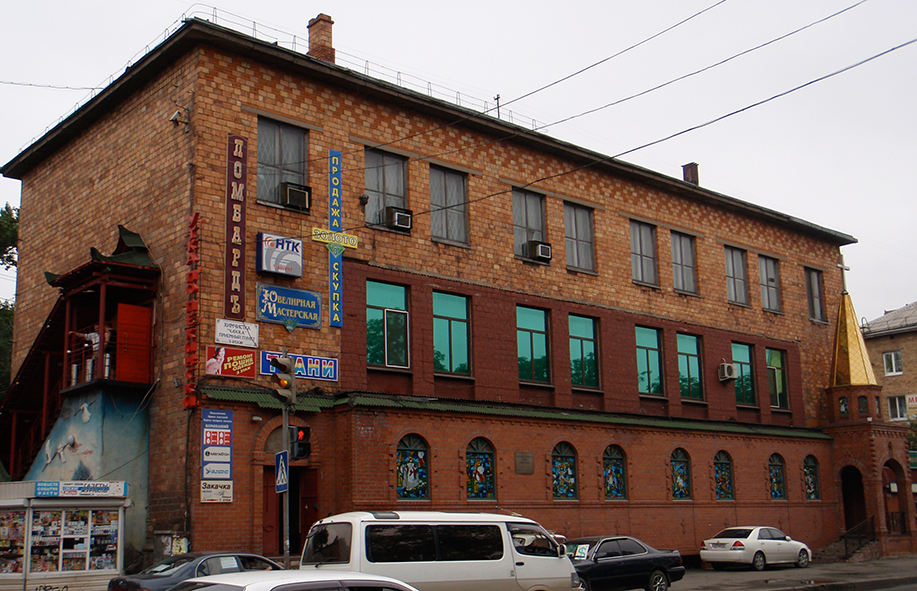 |
| A multifunctional building |
continuation: Khabarovsk